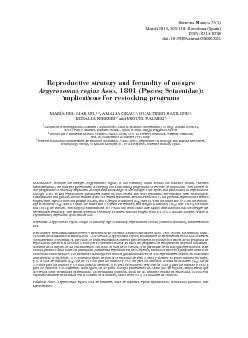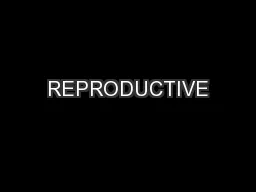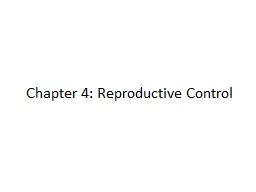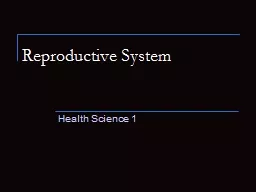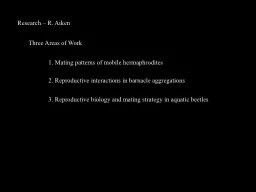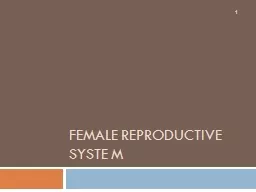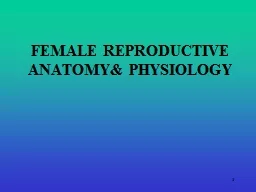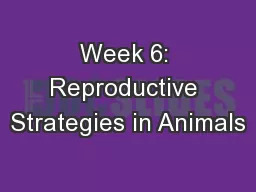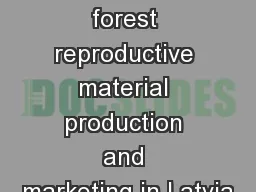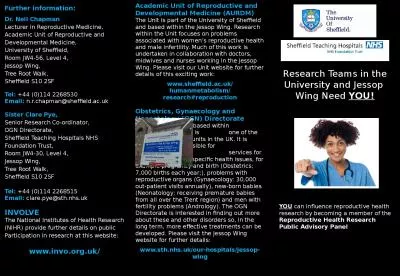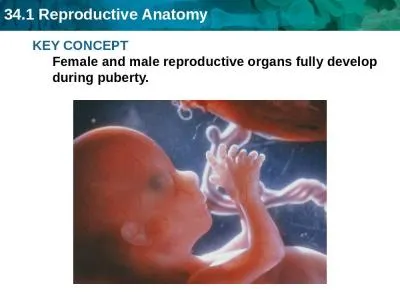PDF-Reproductive strategy and fecundity of meagre Argyrosomus regius Asso,
Author : karlyn-bohler | Published Date : 2015-09-02
ESTRAT ARGYROSOMUS REGIUS 1801 150 La corvina Argyrosomus regius actualmente no se encuentra en las Islas Baleares Mediterr
Presentation Embed Code
Download Presentation
Download Presentation The PPT/PDF document "Reproductive strategy and fecundity of m..." is the property of its rightful owner. Permission is granted to download and print the materials on this website for personal, non-commercial use only, and to display it on your personal computer provided you do not modify the materials and that you retain all copyright notices contained in the materials. By downloading content from our website, you accept the terms of this agreement.
Reproductive strategy and fecundity of meagre Argyrosomus regius Asso,: Transcript
Download Rules Of Document
"Reproductive strategy and fecundity of meagre Argyrosomus regius Asso,"The content belongs to its owner. You may download and print it for personal use, without modification, and keep all copyright notices. By downloading, you agree to these terms.
Related Documents

